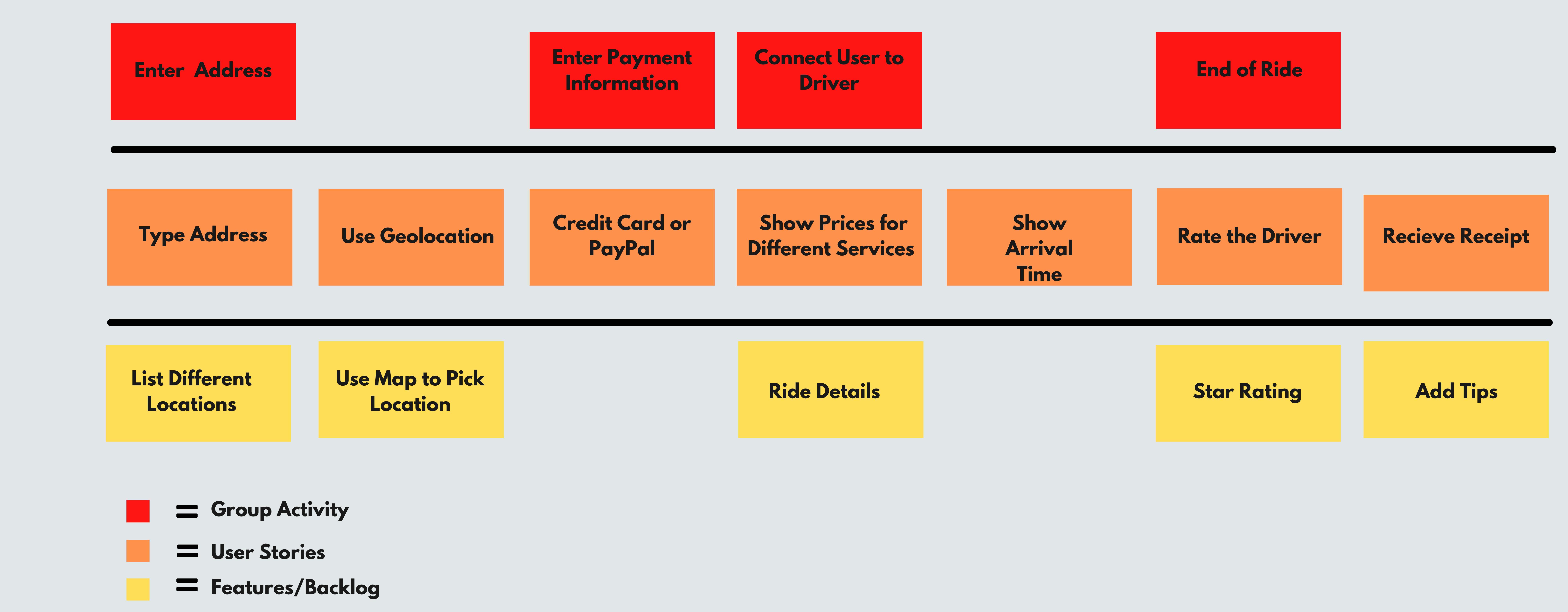Creating the best product for your audience consists of understanding each step of the user journey. That way, you can prioritize your work and releases effectively.
User story mapping is an effective strategy to guide your team and understand users' needs throughout the product experience. In addition, it offers the possibility to better identify key features and releases that are going to improve your product for customers.
What Is a User Story Map?
User story mapping is an agile strategy developed by Jeff Parton that organizes user stories in one dashboard for your whole product team. It helps better understand each stage of the user journey and what features you can implement to improve it.
With this agile methodology tactic, you can deliver a better product experience that matches customers' needs and boosts user retention. Here are examples of what user story mapping could look like for companies in different industries:
Example #1: Ride Sharing App
Let’s say that you’re designing a ride-sharing app like Uber or Lyft, that allows users to book a ride from anywhere. Here are what the different steps of the user journey will consist of as they’re using your app:

Example #2: SEO Analysis Platform
SEO analysis tools such as Ahrefs or SEMRush help companies understand the performance of their content marketing strategy and how their website is ranking on search engines.
The user story map example below showcases the goals of the user during their product journey and what features they expect out of the software:

Example #3: New User Onboarding for a Project Management Tool
The onboarding process is what can make or break user retention. It creates the first impression of your product and helps the user understand what value they can get out of your platform.
Here’s a user story map example of what the onboarding journey could like if you’re selling a project management tool such as Asana or ClickUp:

A Simple User Story Map Template for Understanding Customers
Ready to get started with user story mapping? You can click on the image below and use our template to better structure your product experience.

